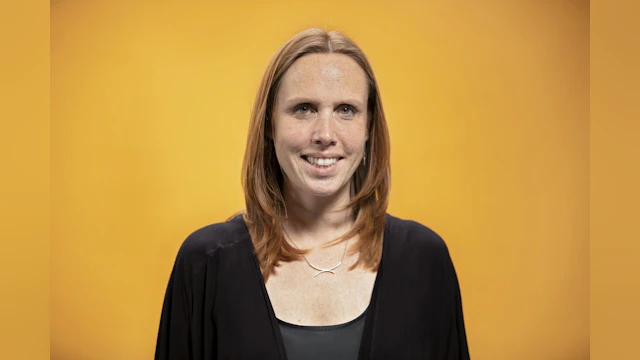The Trevor Project, the world’s largest suicide prevention and crisis intervention organization for lesbian, gay, bisexual, transgender, queer & questioning (LGBTQ) young people, recently released the results of its inaugural National Survey on LGBTQ Youth Mental Health. The survey found that 39 percent of LGBTQ youth surveyed have seriously considered suicide in the past twelve months, with more than half of transgender and non-binary youth having seriously considered suicide. Additionally, nearly one in five LGBTQ youth in this study attempted suicide in the past 12 months, with nearly one in three transgender and non-binary youth having attempted.
The voices of the LGBTQ young people in our survey indicate that despite progress in the fight for LGBTQ equality, these youth are still at high risk for experiencing distress and are particularly vulnerable to suicidal ideation and behavior. Importantly though, our results support that being LGBTQ in and of itself is not leading to mental health and suicide. Rather, LGBTQ youth are at a higher risk because they face harmful rejection and discrimination from friends, families, and society. For example, 71% of LGBTQ youth reported being discriminated against due to their sexual orientation or gender identity. 20% reported being physically threatened or abused due to their sexual orientation or gender identity. Youth who experienced this type of discrimination and physical harm reported rates of suicide attempts that were two to three times higher than their LGBTQ peers who did not. Further, 76% of the LGBTQ youth respondents felt that recent politics impacted their mental health or sense of self.
Among the most vulnerable youth are those who have either experienced conversion therapy or attempts from others to change their sexual orientation or gender identity. For example, 8% of youth who did not experience anyone attempting to convince them to change their sexual orientation or gender identity reported a suicide attempt in the past year. For those who underwent conversion therapy, the suicide attempt rate increases to 42%. Transgender and non-binary youth who underwent conversion therapy were most at-risk for suicide attempts with the majority of these youth (57%) reporting a suicide attempt in the past year.
There are millions of LGBTQ youth in the U.S., and they are at significantly increased risk for suicide. In fact, The Trevor Project recently estimated that over 1.8 million youth ages 13-24 in the U.S. seriously consider suicide each year. Our findings indicate that there is currently a crucial need to ensure that these youth are supported in ways that allow them to thrive.
The Trevor Project advocates for a number of approaches to end suicide among LGBTQ youth:
- Prevention policies must support protections for LGBTQ youth. For example, schools adopting bullying prevention and suicide prevention policies must be sure to specifically include sections related to LGBTQ populations. AFSP has collaborated with The Trevor Project and other leading organizations to develop a model school policy for suicide prevention that addresses the needs of LGBTQ youth and is easily adaptable for both middle and high schools
- Service organizations and providers should consider the needs of LGBTQ youth in programmatic and outreach efforts. This includes the need to increase the prevalence of and access to LGBTQ-affirming mental health treatment
- Increased support and acceptance from others can improve outcomes, including reducing suicide attempts. For example, based on our survey findings, LGBTQ youth who reported one or more accepting adult in their life had a 40% reduced rate of attempting suicide compared with youth who did not report acceptance from at least one adult. Additionally, families are particularly influential for LGBTQ youth mental health, with one study finding youth who reported high levels of family acceptance to be 2/3 less likely to report suicide ideation and suicide attempts compared to those with low family acceptance
- LGBTQ competency training can also help individuals learn how to better support LGBTQ youth. Provision of this training in schools and workplaces can help promote a greater level of awareness of best practices for working with LGBTQ youth, educate trainees on the community’s colloquialisms and risk factors for mental health disparities, and enable them to competently talk to and advocate on behalf of LGBTQ youth
- There is also a need to ensure that youth have access to LGBTQ affirming resources and support during times of crisis. The Trevor Project’s 24/7 crisis services, TrevorLifeline, TrevorText, and TrevorChat, provide youth with high quality support in moments of crisis, while our peer-support network TrevorSpace offers a supportive environment as well as role models
Together we can endeavor to let LGBTQ youth know that they are accepted just as they are, that they are deserving of respect, and that they are not alone.
Click for further information and resources regarding LGBTQ Suicide and Suicide Risk, and be sure to check out The Trevor Project to see more from their National Survey on LGBTQ Youth Mental Health.
